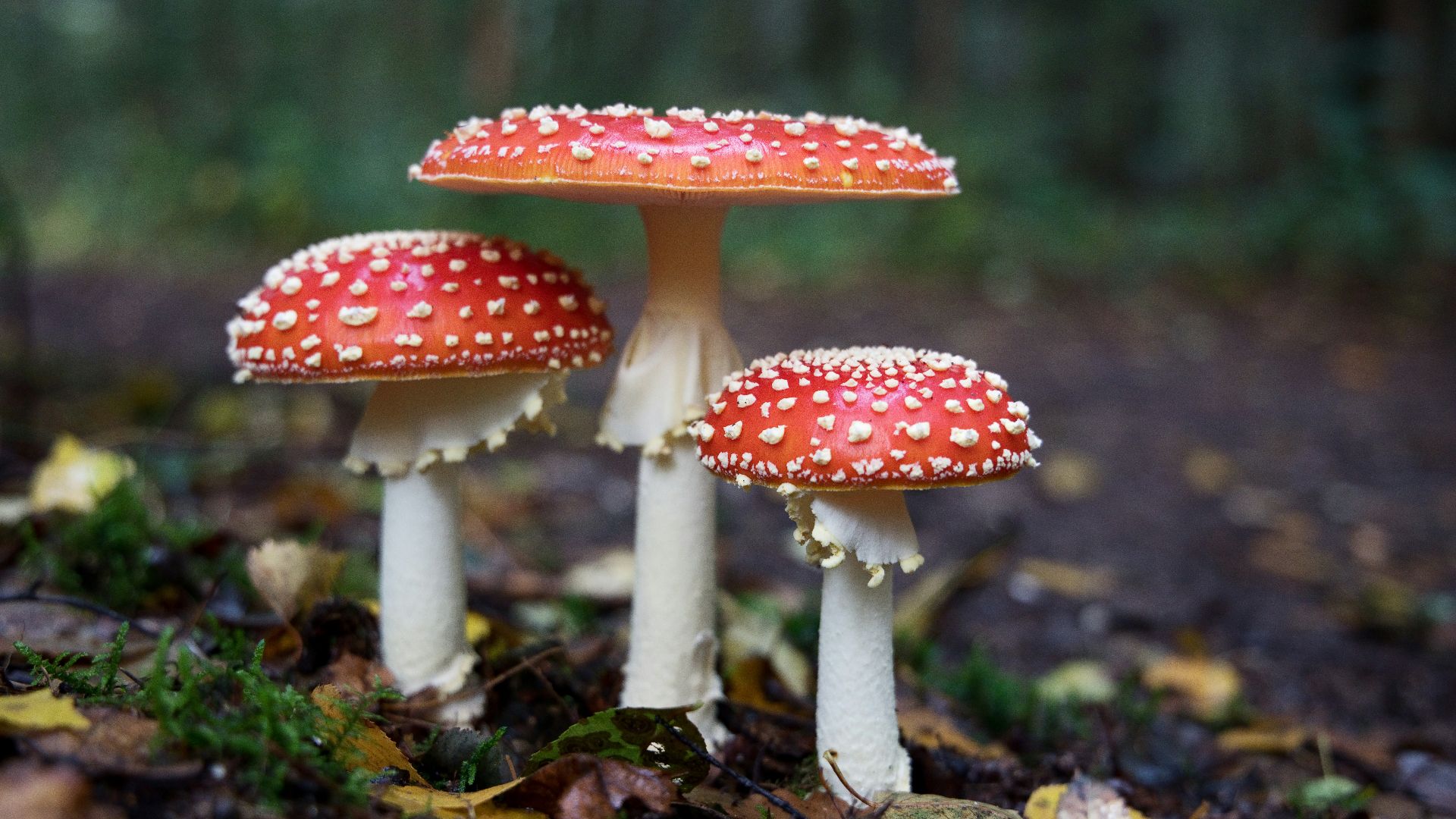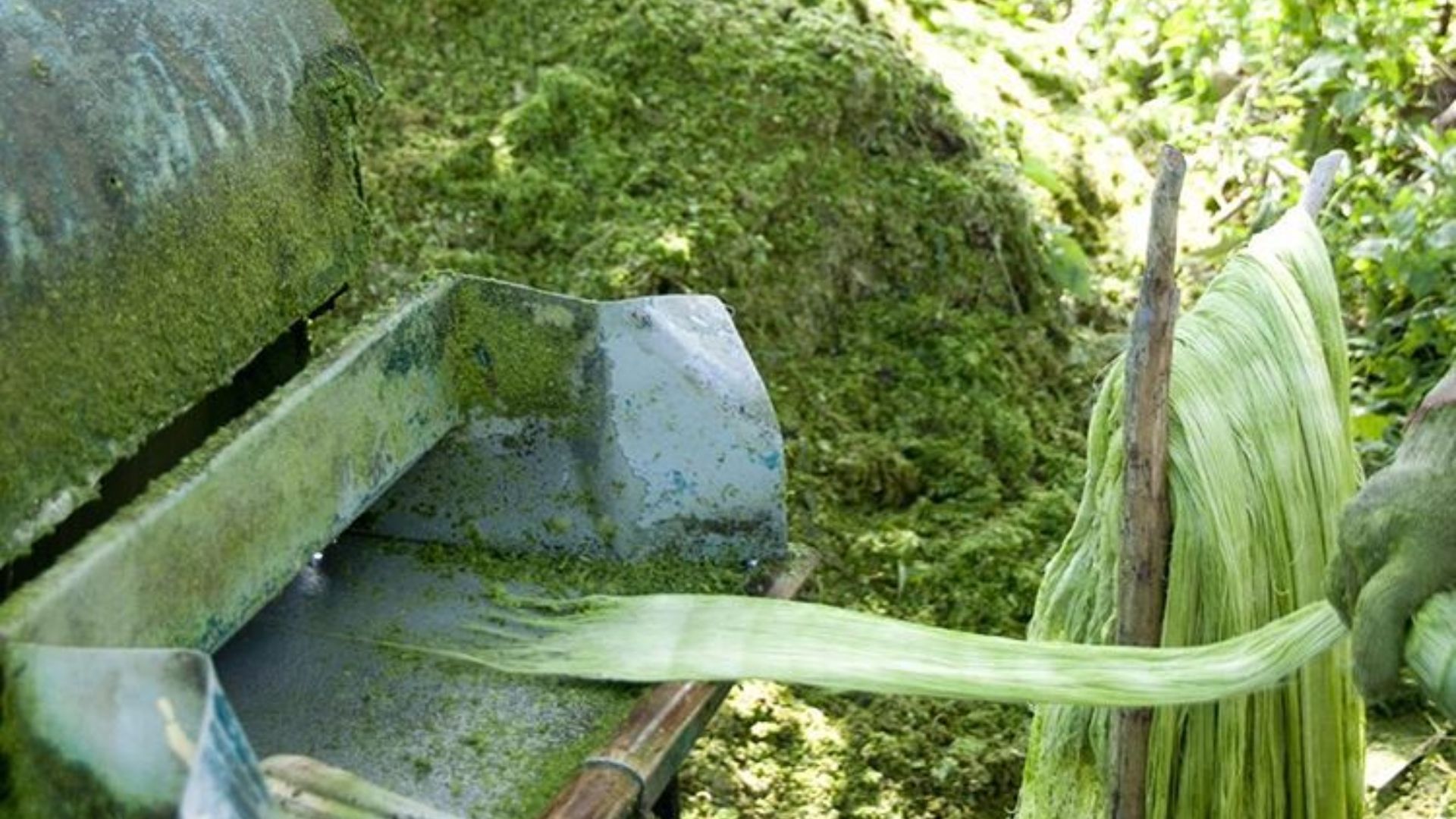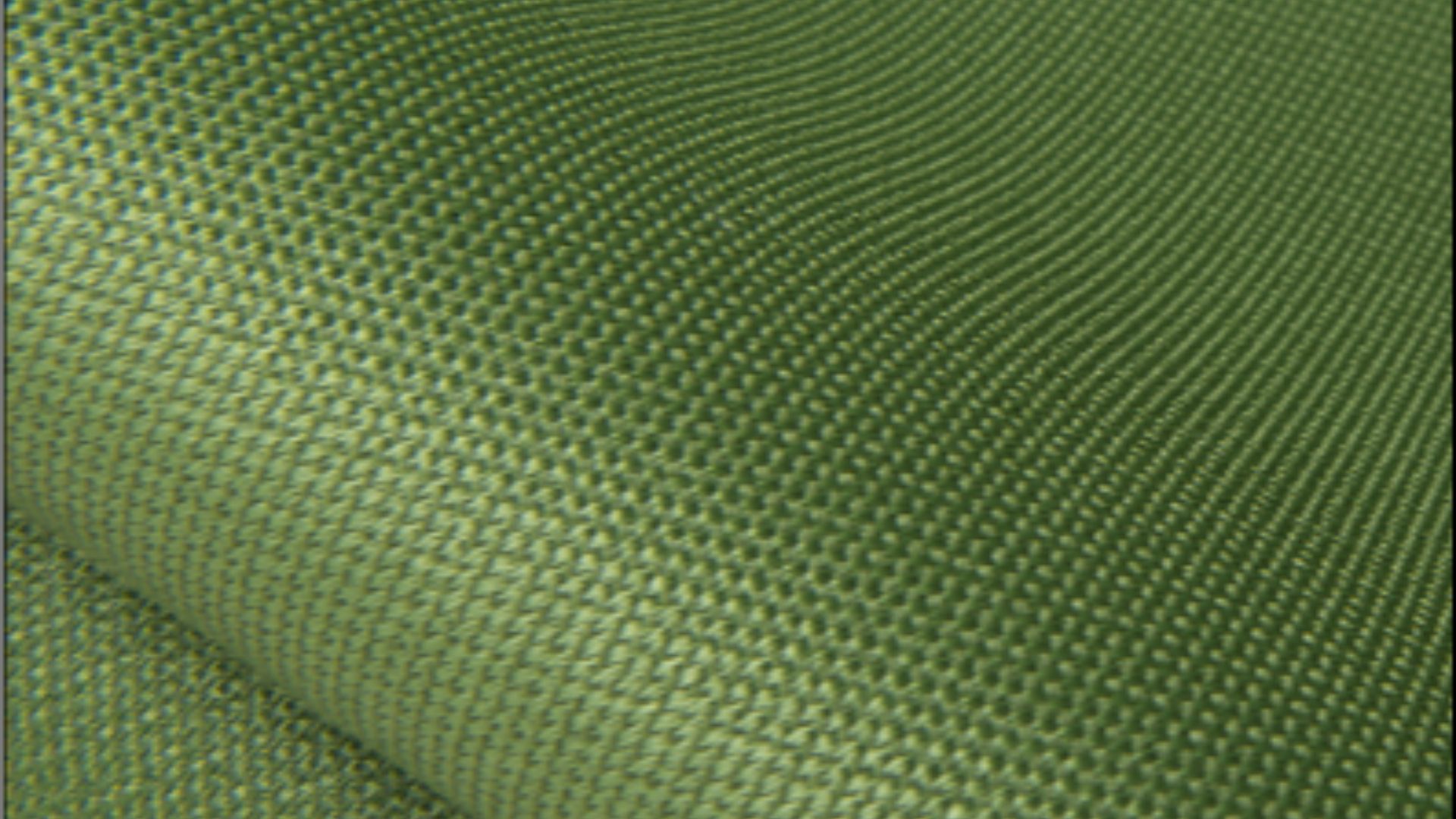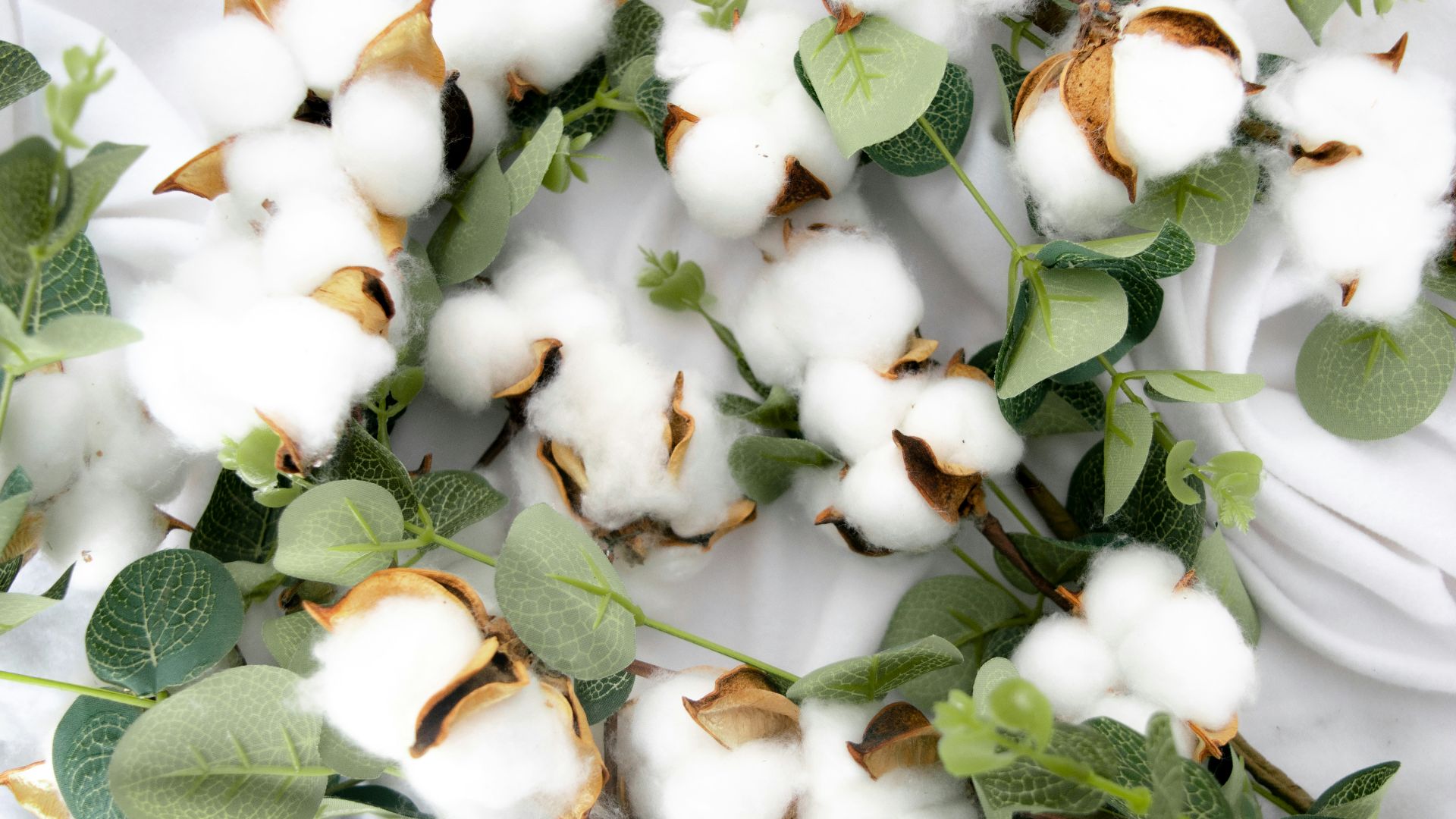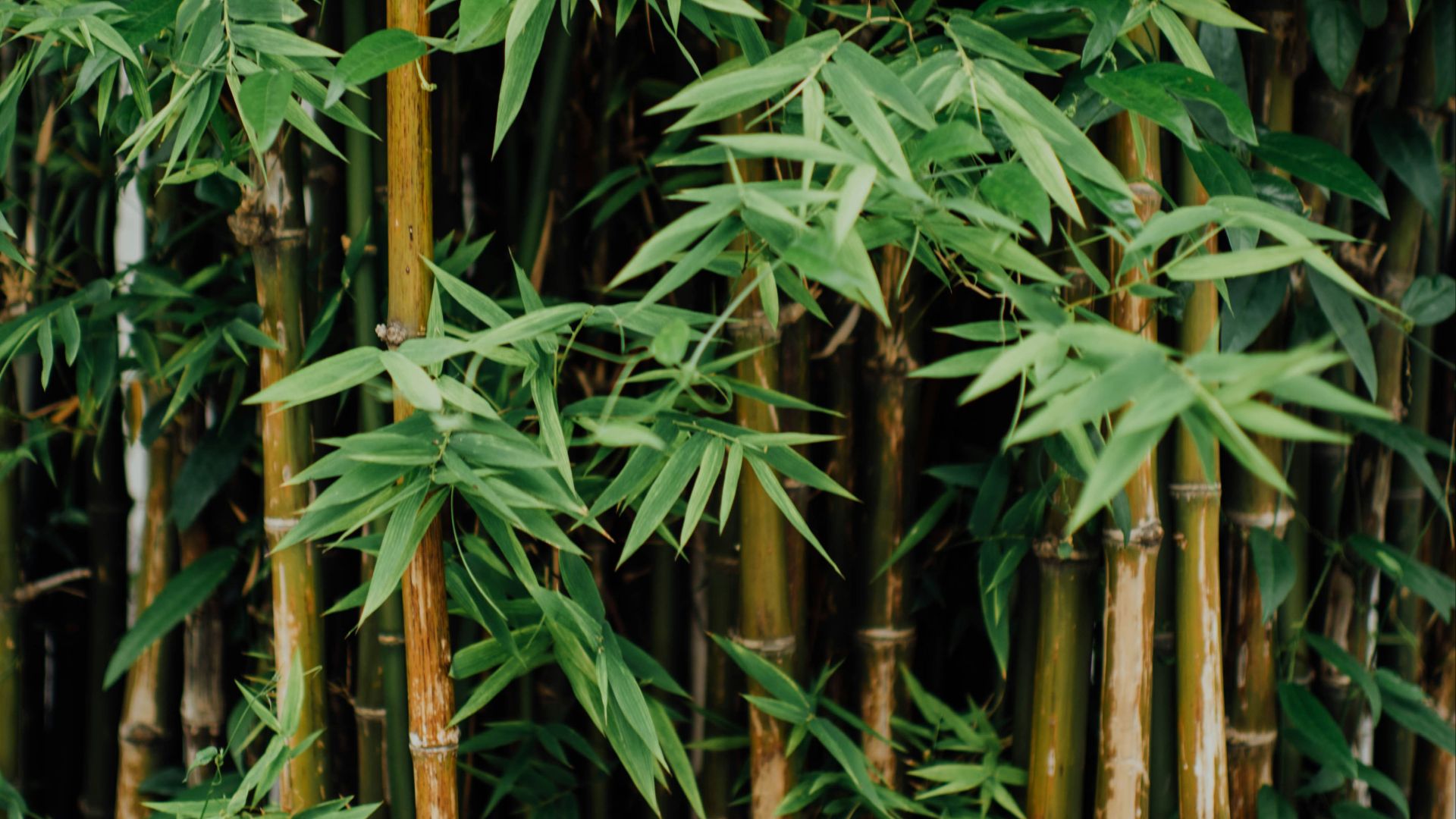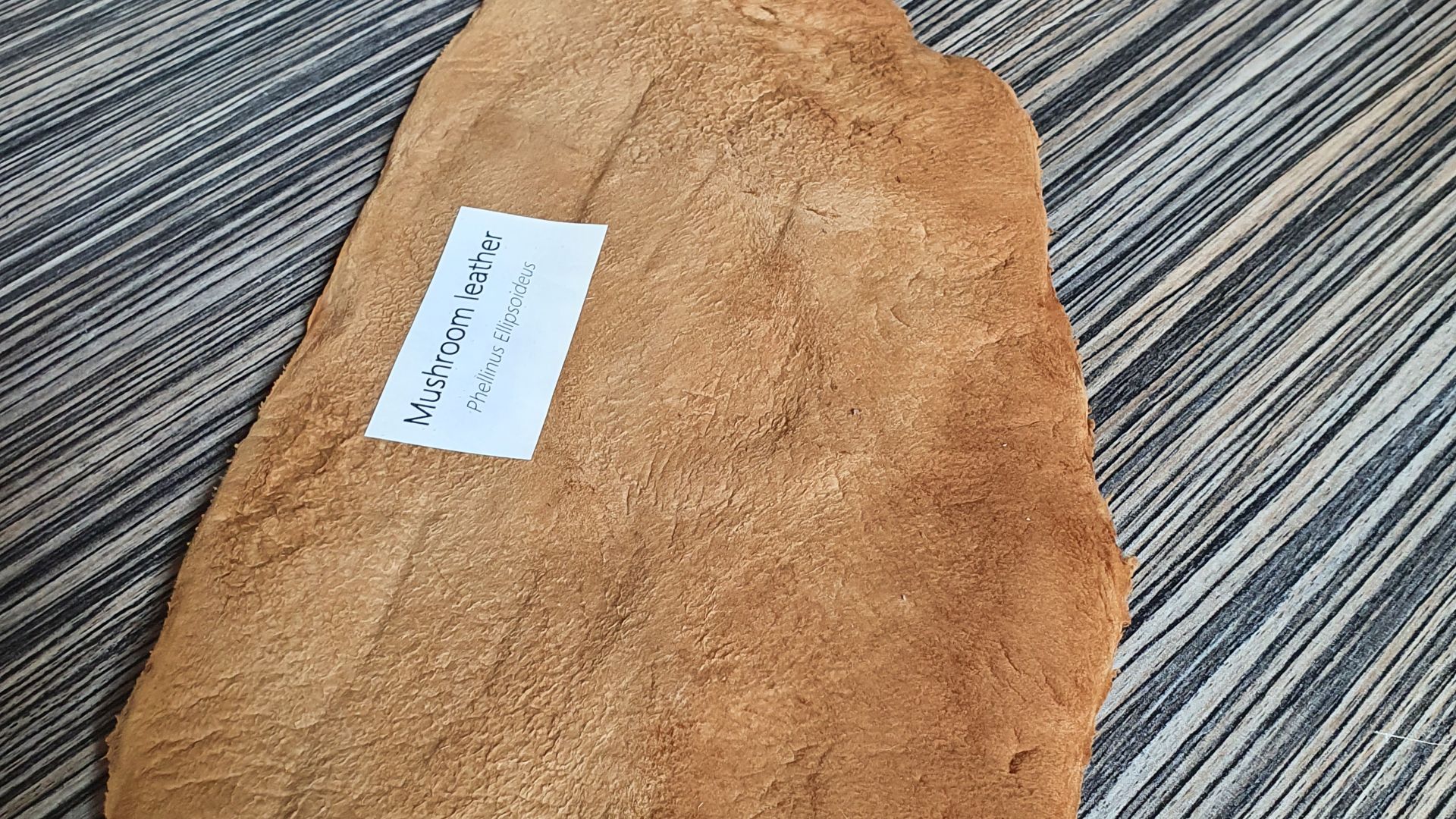Where Innovation, Comfort, and Conscience Meet
Sustainable fashion isn’t just a trend with a glossy green label. It’s a slow, steady rethinking of how clothes feel, where they come from, and what trails they leave behind after they’ve been worn, washed, and maybe passed down to a sibling who swears the fit is better on them. Some fabrics are ancient but rediscovered; others are borderline sci-fi, like something a future archivist might dig up in wonderment. And honestly, watching designers experiment with unusual fibers—pineapple leaves, seaweed, even literal milk—feels like the industry’s finally remembering how to play again. Let’s wander through 20 materials reshaping our closets.
1. Hemp
Although long misunderstood, hemp fabric is finally starting to be appreciated for how beautifully it softens with every wash. The first wear might feel a little stiff, like work pants meant for hauling firewood, but give it a week and it relaxes. As far as crops go, hemp grows quickly, requires little water, and laughs at pests.
2. Tencel (Lyocell)
This textile is prepared from wood pulp, usually eucalyptus. It’s smooth, drapey, and oddly cool to the touch. There’s something satisfying about wearing a material that behaves like silk but doesn’t demand silk’s level of pampering.
3. Piñatex
This textile is made from pineapple leaf fibers and was originally a farming byproduct that was discarded. It has a leathery feel without the weight—or the guilt, for that matter. Some wallets made of Piñatex even carry a faint plant-like texture, a suggestion of its origins.
4. Recycled Polyester
With new technology, it’s now possible to transform plastic bottles into jackets, leggings, and even sneakers. This textile is durable, flexible, and keeps waste in circulation instead of clogging up ditches.
5. Organic Cotton
We’re not talking about the scratchy, stiff cotton from a bargain-bin shirt. Organic cotton tends to feel gentler, almost like it’s been pre-washed by nature itself. There are no synthetic pesticides, less water-wasting practices, and the health of the soil actually gets taken into account.
6. Linen
This ancient fabric derived from flax is dependable, and wrinkles if you look at it funny. The wrinkles are part of the charm, and while some labor in vain to wrinkle them out, others wear them proudly. In summer heat, linen breathes like a dream.
 DMRACREATOR • BY DANIELLA on Unsplash
DMRACREATOR • BY DANIELLA on Unsplash
7. Econyl
This textile is produced from regenerated nylon made from fishing nets and industrial waste. Swimmers and divers tend to perk up when they hear that ghost nets can come back as sleek swimsuits instead of ocean hazards. It’s the circular economy made wearable.
8. Bamboo Viscose
When processed responsibly, bamboo makes incredibly soft fabric that’s somewhere between silk and your favorite worn-in T-shirt. The stalks grow fast, like garden-variety weeds—only solid.
9. Cork Fabric
Cork trees shed their bark naturally, so harvesting doesn’t harm them. The resulting fabric has a warm, earthy look, sometimes with tiny imperfections that resemble freckles. It’s used to produce a variety of bags, wallets, and shoes—all of which are surprisingly sturdy.
10. Cupro
This regenerated cellulose fiber is made from cotton linter, the fuzzy scraps left behind in cotton processing. The fabric has a slippery, almost silky feel to it, with the same liquid drape you see in dresses that billow softly when someone passes through a doorway.
11. Wool
Wool gets a bad reputation for its scratchiness, but high-quality, ethically sourced wool is soft enough to sleep in. Sheep, as it turns out, are excellent renewable partners when treated well. A well-made wool sweater can outlive a decade easily.
12. QMilk
This fabric is made from spoiled milk proteins. Yes, milk. It’s warm, breathable, and shockingly smooth, like a cross between cashmere and cotton jersey. And for anyone wondering, no, it doesn’t smell like sour milk.
13. SeaCell
This textile is made from seaweed fibers blended with cellulose. SeaCell has that cool-skin feel, the way a fresh bedsheet does on the first night of summer. Some swear the minerals in the seaweed remain active, though that’s more of a fun rumor than a scientific fact.
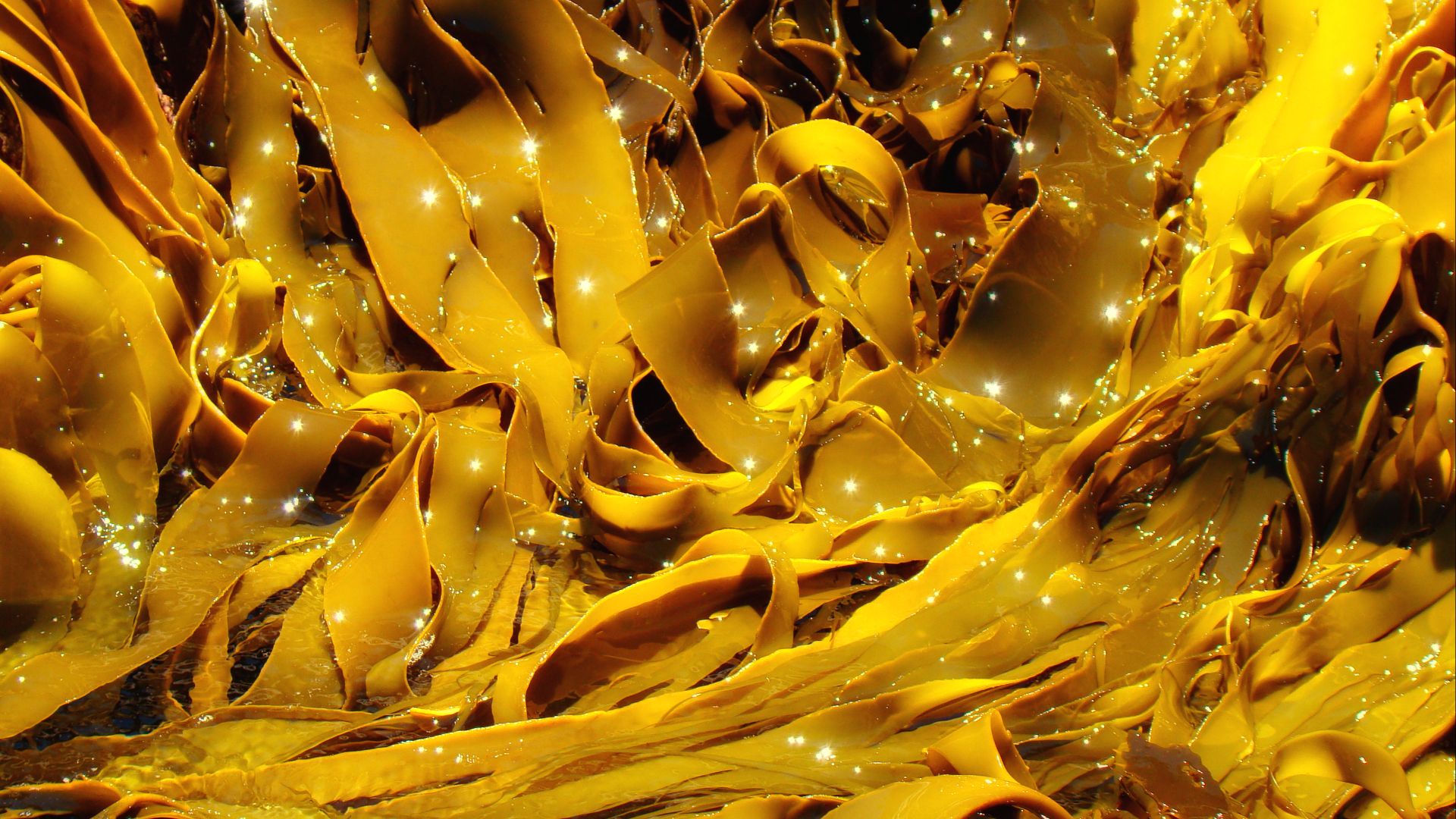 Bjørn Christian Tørrissen on Wikimedia
Bjørn Christian Tørrissen on Wikimedia
14. Orange Fiber
This one’s created from citrus peels left over from the juicing industry. The resulting fabric is airy and almost elegant. A slight orange-zest scent remains during production, but once woven, it’s nothing but softness. Think silky scarves and flowing tops.
15. Recycled Wool
Wool scraps, old sweaters, and factory leftovers can be shredded and respun into new yarn. There’s something neat about the idea of old garments being reborn into something new.
 Agnieszka Stankiewicz on Unsplash
Agnieszka Stankiewicz on Unsplash
16. Peace Silk (Ahimsa Silk)
Traditional silk involves harvesting silkworms, but peace silk allows the moths to emerge naturally. The threads are a bit shorter, giving the fabric a more textured feel. It’s softer in spirit, if not always in sheen.
17. Cactus Leather
This fabric is grown from prickly pear cactus pads in Mexico. It has a matte finish and holds color beautifully. A bag made from cactus leather looks so normal that most people don’t believe it’s plant-based until they reach out and touch it.
18. Banana Fiber (Abacá)
Long fibers from banana stems were previously discarded during harvest, but now they can be repurposed for something new. The resulting fabric ranges from coarse to luxurious depending on how it’s processed.
 Forest and Kim Starr on Wikimedia
Forest and Kim Starr on Wikimedia
19. Recycled Cotton
Old T-shirts, denim scraps, and offcuts can be broken down and respun into new cotton yarn. It’s slightly fuzzier, sometimes heathered with tiny flecks.
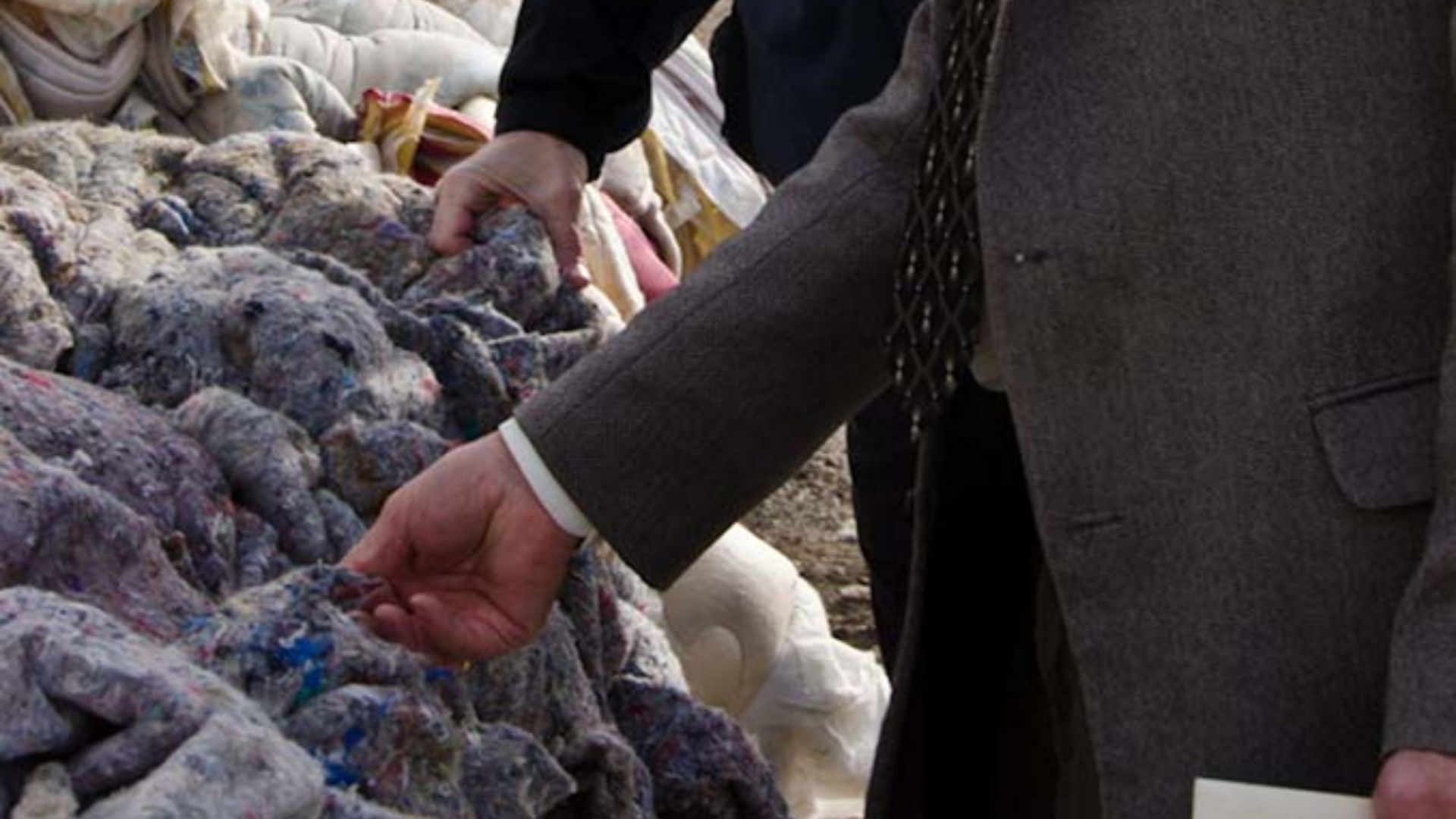 USEPA Environmental-Protection-Agency on Wikimedia
USEPA Environmental-Protection-Agency on Wikimedia
20. Mushroom Leather
This futuristic-feeling fabric is grown from mycelial fungal root systems. It molds easily into shape, with a soft, suede-like finish. Designers are presently experimenting with its abilities, creating coats, wallets, and even sculptural handbags that look almost alive.


